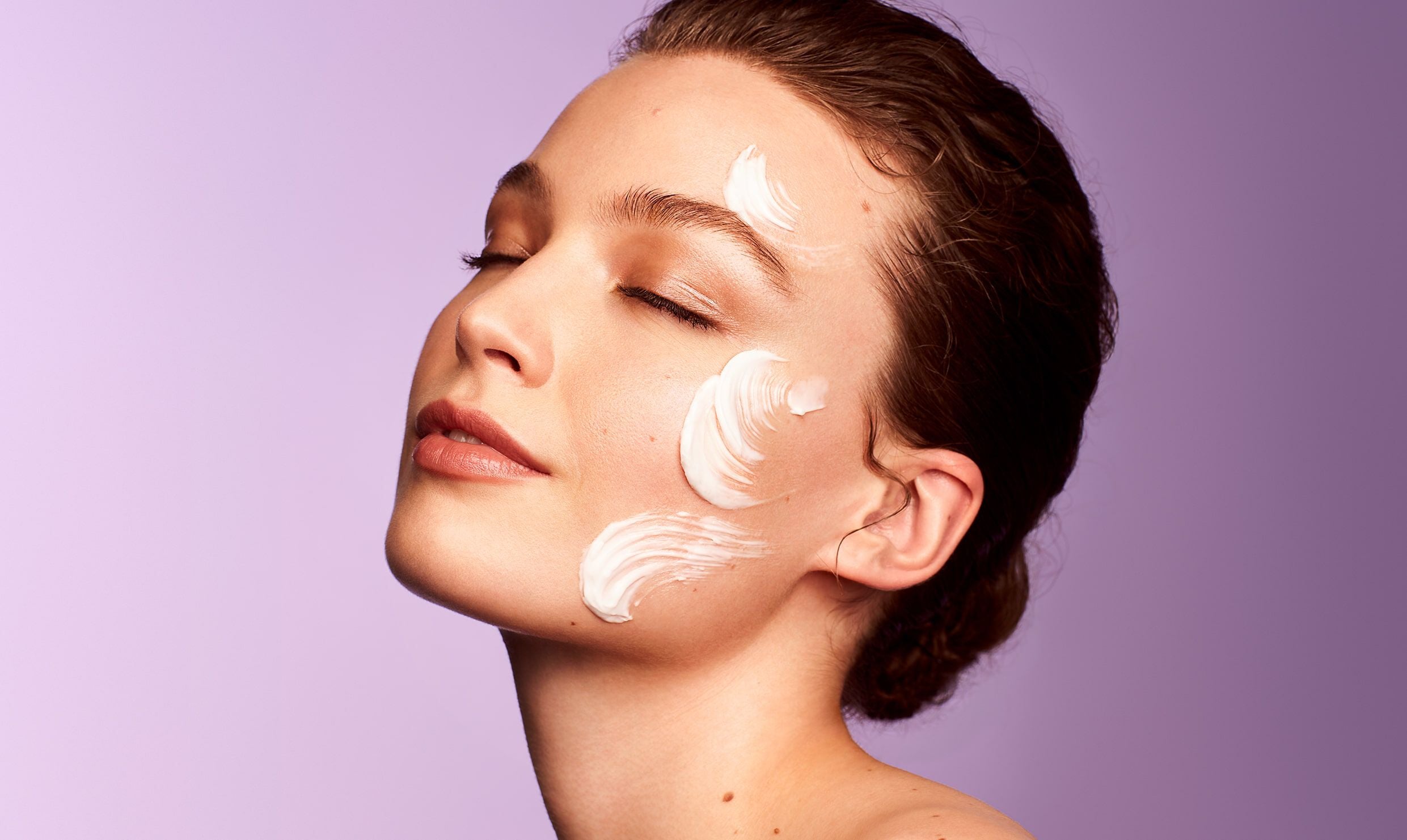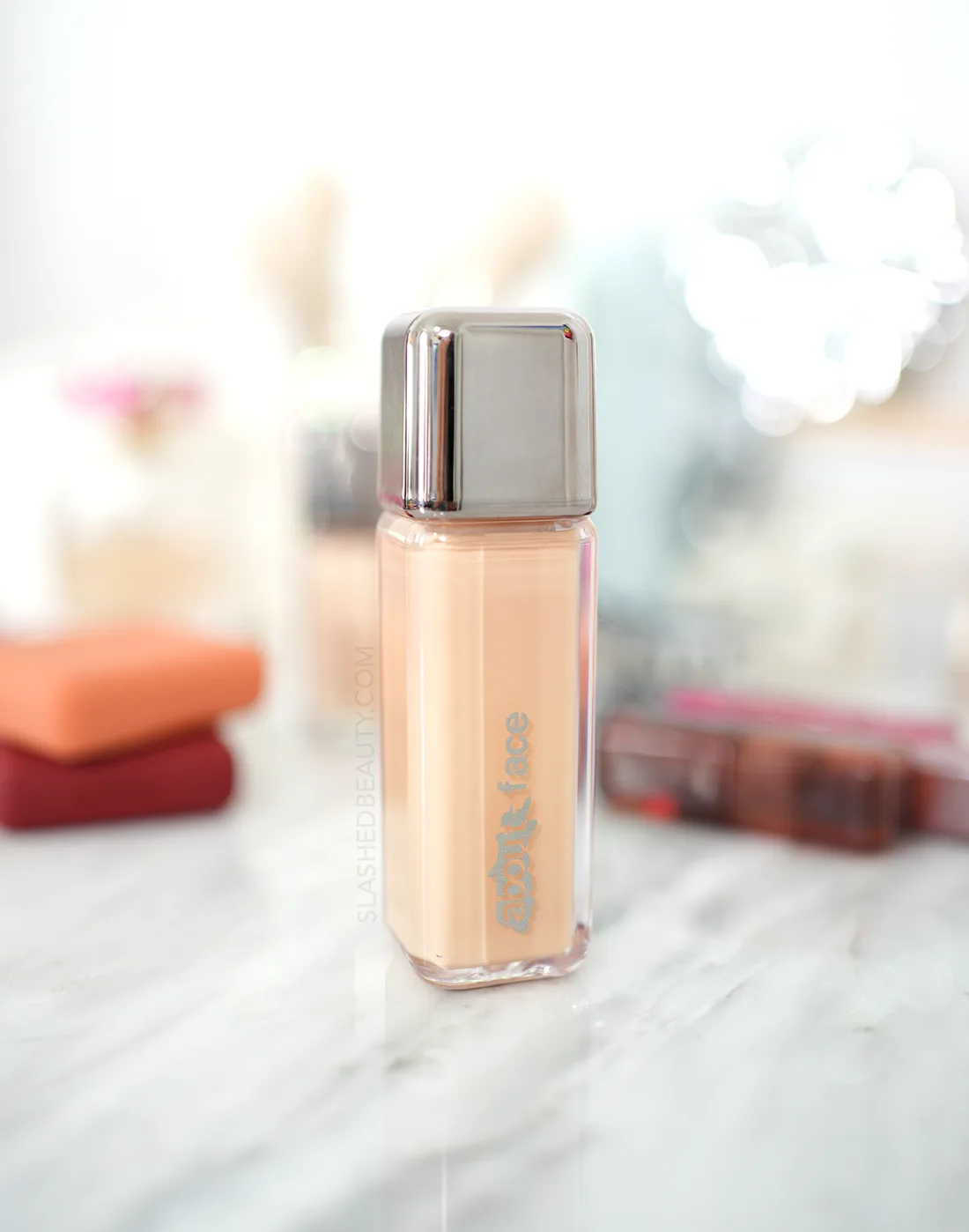
Facebook
Twitter
Pinterest
Email
One makeup technique that can be overwhelming to learn as a beginner: eyeshadow application. What colors do you use, where do you put them, how do you make them look cohesive? Luckily, there’s a pretty simple formula that you can use with most eyeshadow palettes to put together a basic look. Follow this easy eyeshadow tutorial for beginners to get started.
I’m using the NYX Ultimate Color Shadow Palette in Warm Neutrals ($20), which is a great eyeshadow palette for everyday wear and easy to navigate for beginners. The shadows you see on the tutorial correspond to this palette, but you can absolutely find similar shades in something you already own!
Basic Eyeshadow Application Technique:
Blend an eyeshadow primer all over the lid. My favorite is the Milani Eyeshadow Primer. This helps your eyeshadow last longer and avoid creasing.
Apply a base shade— a light neutral shade— all over the lid and up to the brow bone. This will set your primer and even out your eyelid tone. It will also help the rest of your shadows blend together more easily.
Using a fluffy blending brush, apply a medium-toned shade above the crease of your eye, and blend softly upward to reduce harsh edges. This is called your transition shade. I prefer using a matte shade for this step.
With a smaller crease blending brush, apply your darkest shade to the outer corner of your eye, sweeping into the crease.
Blend the crease and transition shade together with the same brush from step 3 to create a smooth gradient between the two shades.
Pat your lid shade on the center of your lid moving toward the inner corner. Have fun with this one— it’s the perfect spot for shimmer shades! If needed, blend the line where your lid and outer corner shades meet to create another smooth gradient.
Highlight using a light shimmer shade on the brow bone.
Pat the same highlight shade in your inner corner, and you’re done!
Add liner and mascara to finish your look!
More Eyeshadow Tips:
Blending is key. Make sure you’re using the right brushes and blend in soft, circular motions.
Start light with the amount of shadow you apply. It’s harder to blend excess product, but you can always add more.
Using matte (non-shimmer) shades for your transition and outer corner add more definition to the look.
Paying attention to the tones of the shadow, you can replicate this look with any eyeshadow palette.
This is a great starting point for eyeshadow beginners, and will help you get used to shadow placement and blending before moving on to using more shades and other techniques.
– Miranda






